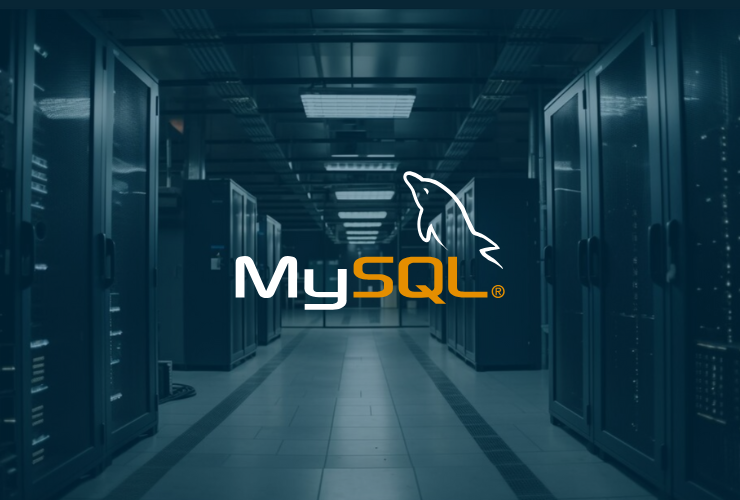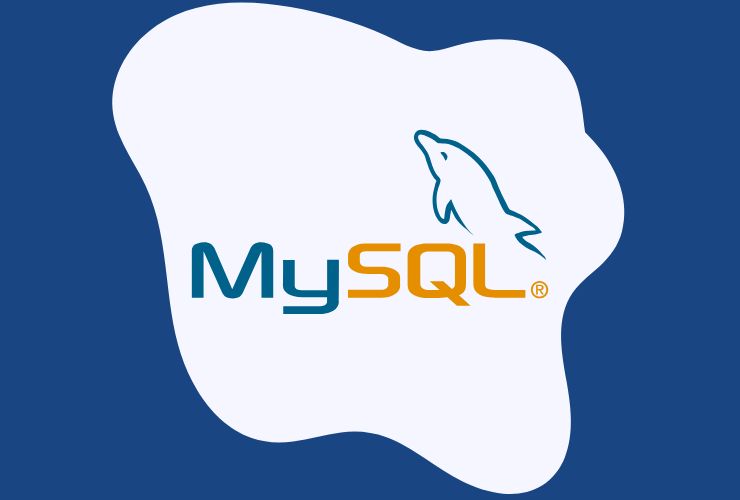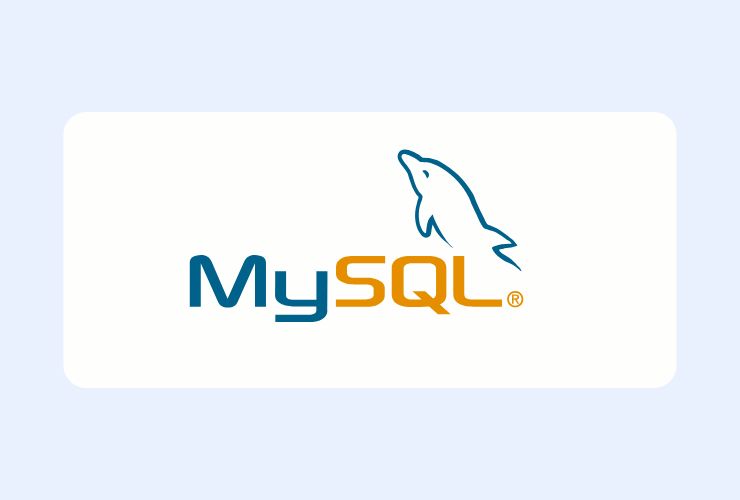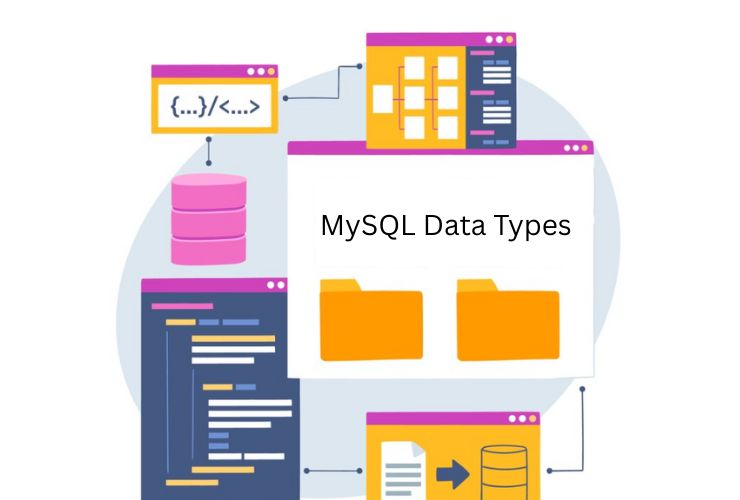In today’s competitive marketplace, data is one of your greatest assets. But having data isn’t enough — you need the capability to transform data into insight, and insight into action. That’s where MySQL-based Business Intelligence (BI) implementation comes in.
What is MySQL Business Intelligence?
MySQL BI refers to using MySQL (and its related tools / ecosystem) to build systems that:
- Collect and integrate data (ETL / ELT) from multiple sources
- Store data in structured formats (data warehouses / data marts)
- Model data for meaningful aggregation, drill‑downs, and analytics
- Generate reports, dashboards, and visualizations to support decision making
- Ensure performance, scalability, security, and reliability in BI workflows
MySQL is attractive due to its open‑source roots, wide adoption, and rich features (e.g. high availability, clustering, replication, strong ecosystem integrations) that make it a solid foundation for BI solutions.
Key Activities in MySQL BI Implementation
Overall, there are a number of key items that go into an end-to-end MySQL BI implementation:
1. Data Extraction & Integration (ETL/ELT)
- Extracting data from operational systems, third party APIs, and external sources.
- Cleaning, normalizing, and transforming the data, such as deduplication, type coercion, and standardization
- Creating tools or scripts to automate and manage data pipelines, whether batch jobs or real-time streams.
2. Data Warehouse / Data modeling
- Designing designs for the database optimized for BI workloads, such as star schemas, snowflake schemas, and normalized models depending on the use case.
- Building data marts or analytical cubes to allow for fast efficient summarization and multi-dimensional queries.
- Implementing performance best practices, such as partitioning, adding indexes, compression, and selecting optimized storage formats, to allow for scalability and speed of queries.
Essential Elements of MySQL Business Intelligence Implementations
Creating a full-fledged MySQL business intelligence solution typically involves working through a number of elements:
Data Extraction & Integration (ETL/ELT)
- Extract data from source operational databases, third party APIs, or external sources.
- Cleanse, normalize and transform the data: deduplication, type coercion, standardization.
- Orchestrate data pipelines with the help of tools or scripting (scheduled and/or real-time).
Data Warehouse / Data Modeling
- Develop schema(s) that work with BI: star schema, snowflake schemas, or normalized size depending on use case.
- Create data marts or cubes for fast summarization and multi‑dimensions;
- Partitioned, indexed, optimal storage formats can improve query speeds.
Business Logic / Metrics Definition
- Establish key performance indicators (KPIs), metrics, aggregates.
- Consistent definitions across reports / dashboards help align the organization.
Reporting & Dashboarding
- Tools / interfaces where stakeholders view the data interactive reports dashboards scheduled/paginated reports.
- Visualization best practices: clarity, accuracy, actionable, drill‑downs.
Performance, Scalability, and Resiliency
- Query optimization, indexing, and usable materialized views, summary tables.
- High availability setups: replication, clustering, failover.
- Monitoring, logging, audit trials.
Benefits of Utilizing BI with MySQL
- Cost-Effectiveness: MySQL provides a high level of ROI in terms of performance when compared to some proprietary BI stacks.
- Flexibility & Ecosystem: MySQL can pair up with many tools, dashboards, analytics tools, and cloud services.
- Scalability: MySQL can maintain high volume and high concurrency with the use of MySQL replication, clustering and partitioning.
- Reliability & Availability: MySQL has several built-in failover and disaster recovery mechanisms that protect your data infrastructure.
- Performance: While I can’t promise you can get real-time insights every time with MySQL emphasis on its optimized performance means you do not have to sacrifice speed.
Example Cases / Use Cases
Several instances of how BI with MySQL could provide value:
- An e-commerce organization tracking its sales, inventory, and user behaviors all in 1 BI dashboard to track conversion funnel, inventory turnover and user retention.
- A finance department utilizing MySQL to aggregate from its ERP systems, CRM systems and external market feeds to produce a daily P&L, key risk metrics and forecasts.
- A provider of SaaS services using MySQL BI gets to track its application usage, subscription upticks or downticks, customer churn, and even the segmentation of its product usage.
How We Operate
We provide MySQL BI implementation services tailored to your needs
- Discovery Phase – we get to know your data sources, business objectives and challenges.
- Design & Plan – we document the data models, ETL plan, dashboards and the infrastructure.
- Implementation – we build the pipelines and warehouse, dashboards and set up HA & security.
- Testing & Validation – we perform tests to validate the accuracy of the data, performance, and security.
- Deployment – in the operational phase we go into production and train, handover knowledge transfer, and engage in a feedback loop.
- Support & Optimize – continuous monitoring, iterating and scaling.
Conclusion
Implementing a robust Business Intelligence solution using MySQL can empower your organization with better visibility, faster insights, and more confident decision making. When done right, MySQL BI isn’t just about collecting data — it’s about turning data into action.














